Category: North York Moors
-
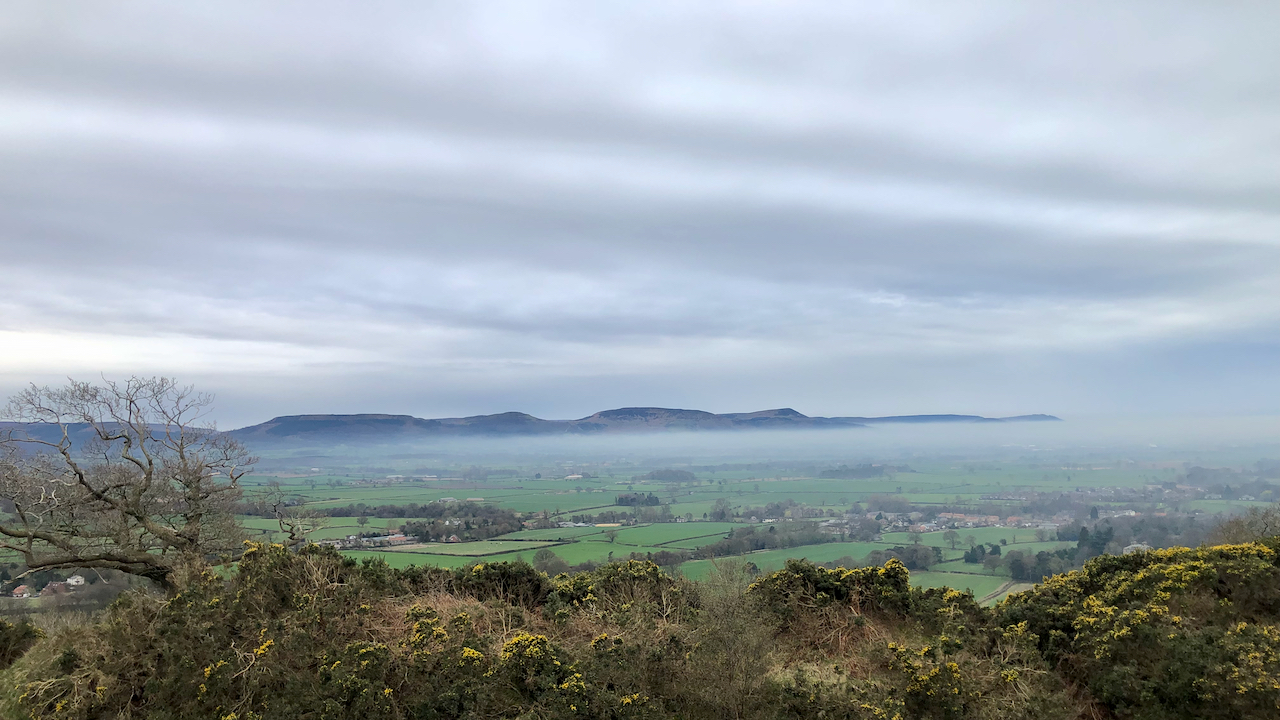
The foxes are making coffee
Looking back as I topped Cliff Rigg this morning, I was reminded of my first crossing of the Lyke Wake Walk on 14 June 1969. We had left the trig. point on Scarth Wood Moor at 12:30 a.m., so was crossing the ‘four sisters’ of the Cleveland Hills in time for a 4 a.m. breakfast…
-
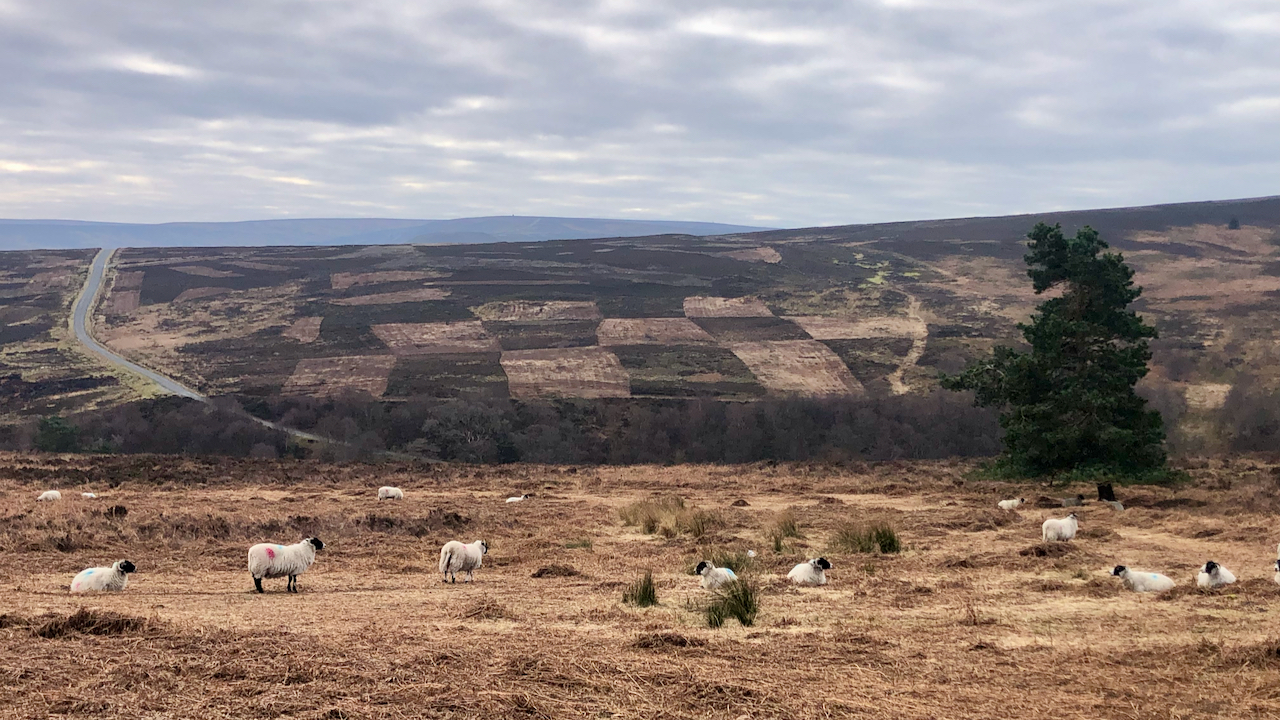
Chequerboard moorland
I suppose it would be petty of me to whine about this anthropogenic change to the moors created by mowing of the heather moorland. I should be thankful that this moor is no longer being burn and great plumes of smoke waft across the skyline but I fear the random patches of the old black…
-
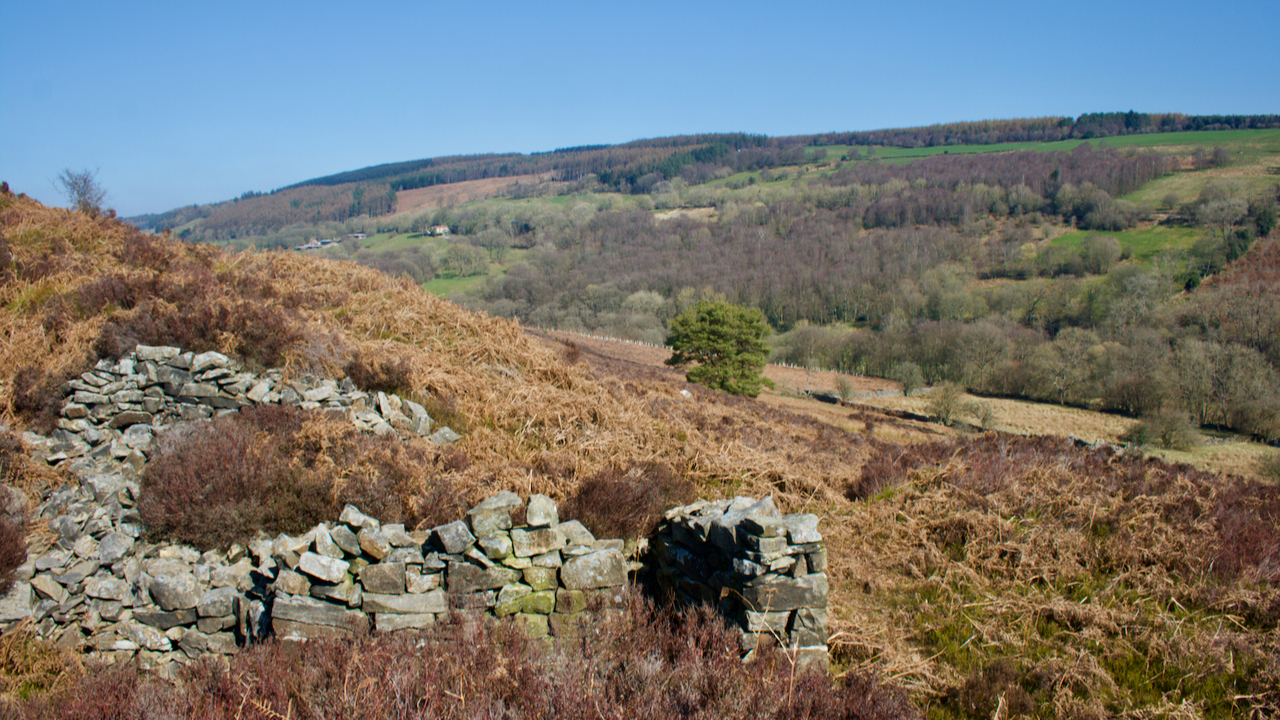
Rosedale Glass Works
I’ve been meaning to explore the lower part of Rosedale for some time. especially the site of an Elizabethan glass works. A lovely Spring day with blue skies but the site of the works were a little underwhelming. The ruins of a building associated with a 19th-century sandstone quarry was much more interesting. On the…
-
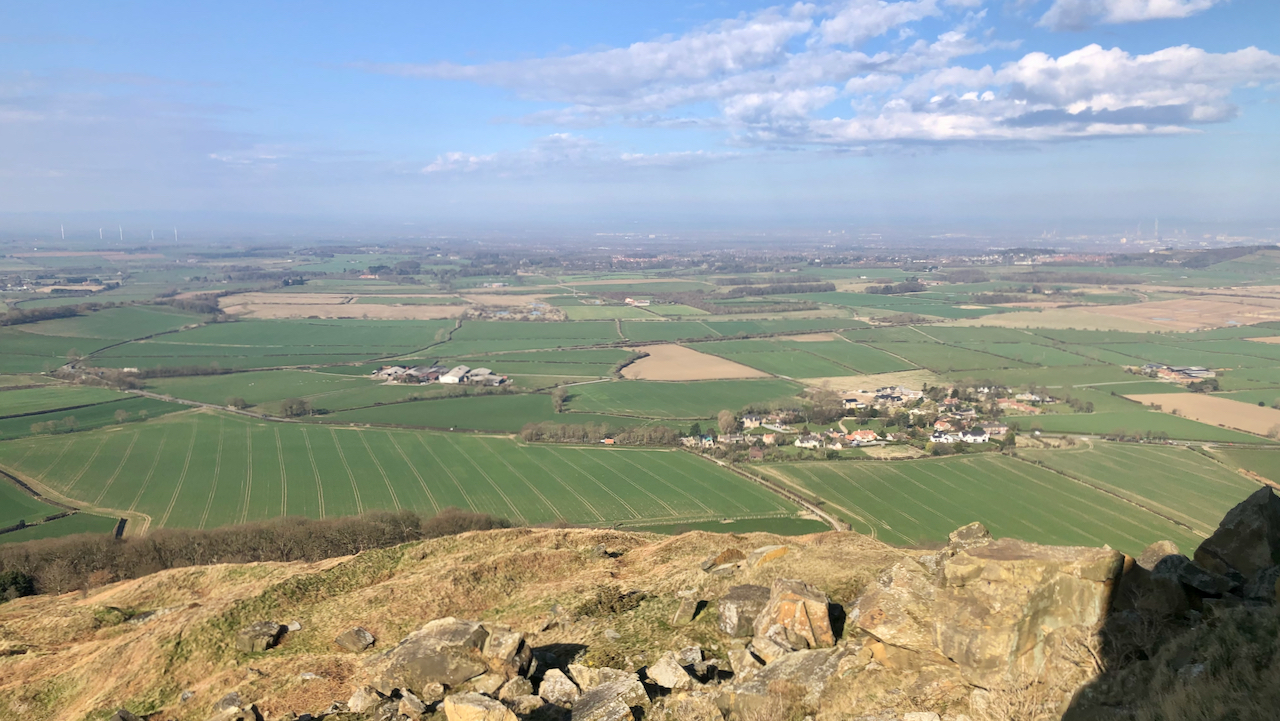
Newton-under-Roseberry
Otherwise known as Newton-in-Cleveland. The base camp for any ascent of Roseberry Topping. The renown local historian John Walker Ord, writing in 1846, described Newton as “a small, dirty, insignificant village, consisting of a few small huts, without any pretensions to beauty or order whatever”. Twelve years later, Walter White (an early tourist from Berkshire)…
-
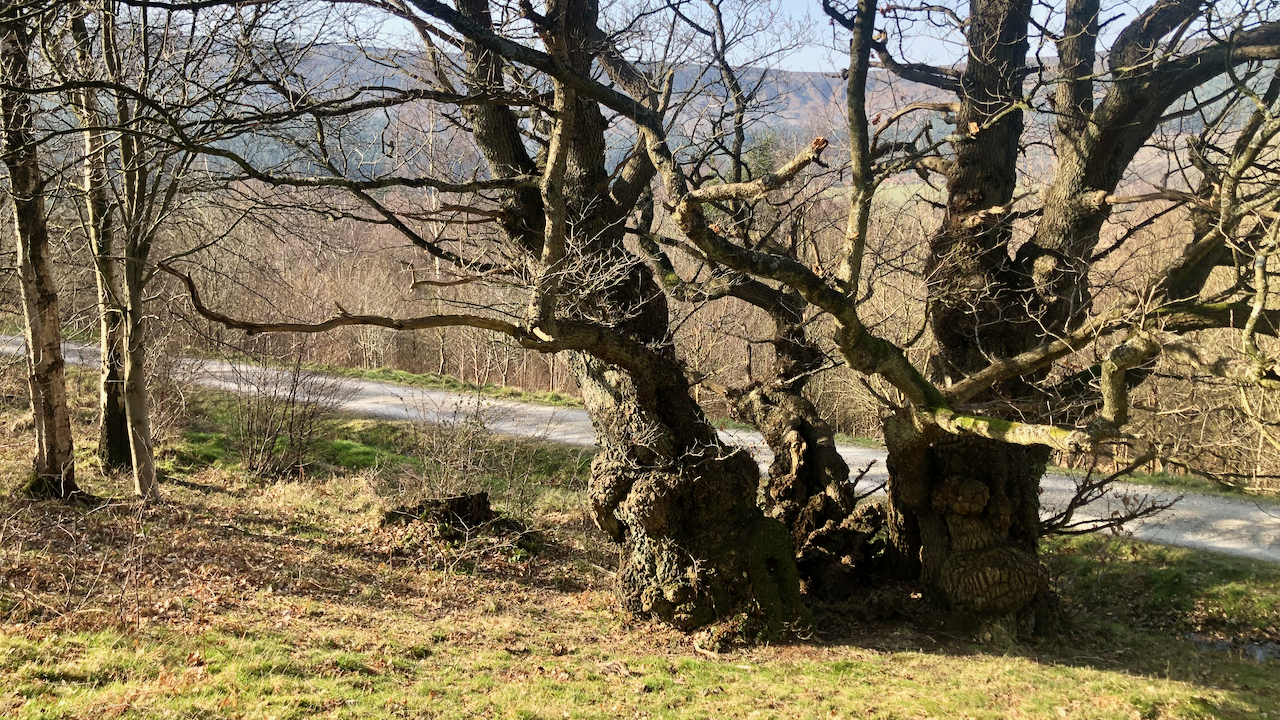
The Three Witches Oak
Since my last visit, this veteran oak has acquired a new epithet: ‘The Three Witches Oak‘ — from a story in J.J. Hutton’s ‘Murder, Mysteries and Tales of the Supernatural in the North Riding of Yorkshire‘. It’s the tale of three witches, Auld Nan Scaife o’ Spaunton Moor, Auld Nan Anne Pierson of Westerdale, and…
-
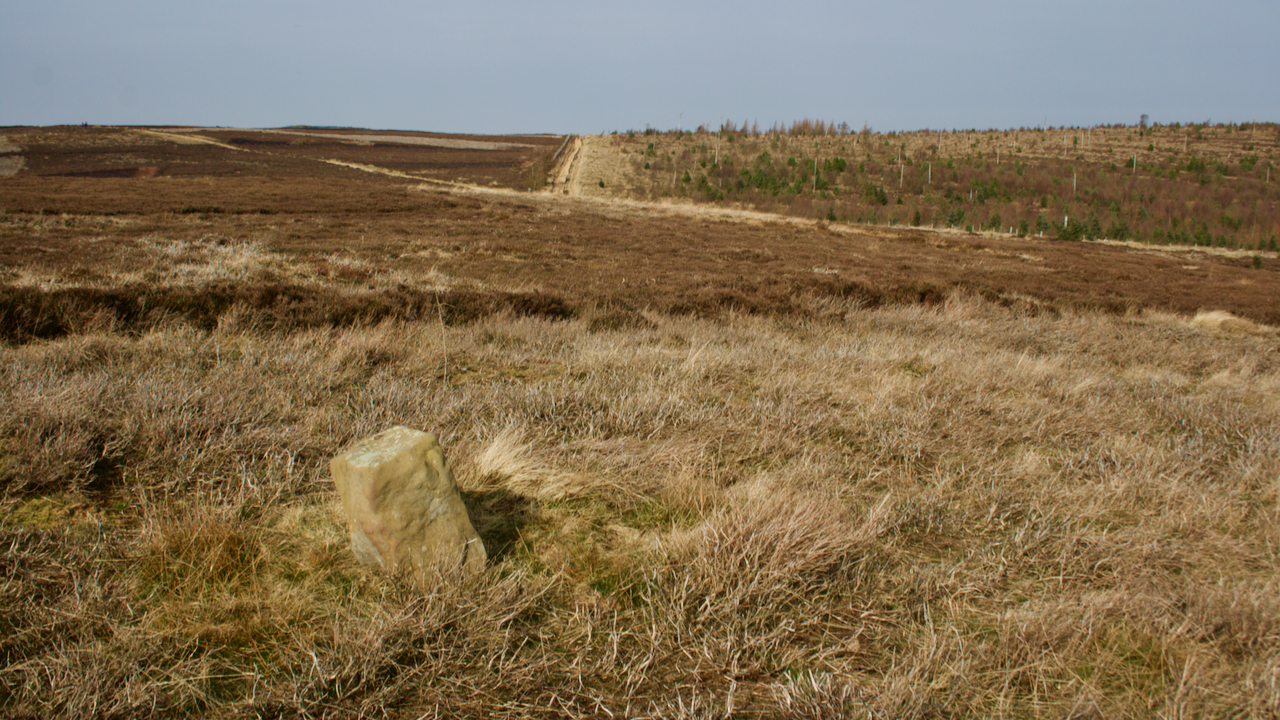
Side-tracked by the Trans-Atlantic Slave Trade
I am slowly getting around every boundary stone on these northern moors. This one is inscribed “RY 1752”, identical to the stone 600m or so to the south west. Ralph Yoward must have had a bulk buy. 1752 — George II was on the throne; the 11 days between 3rd and 13th September inclusive were…
-
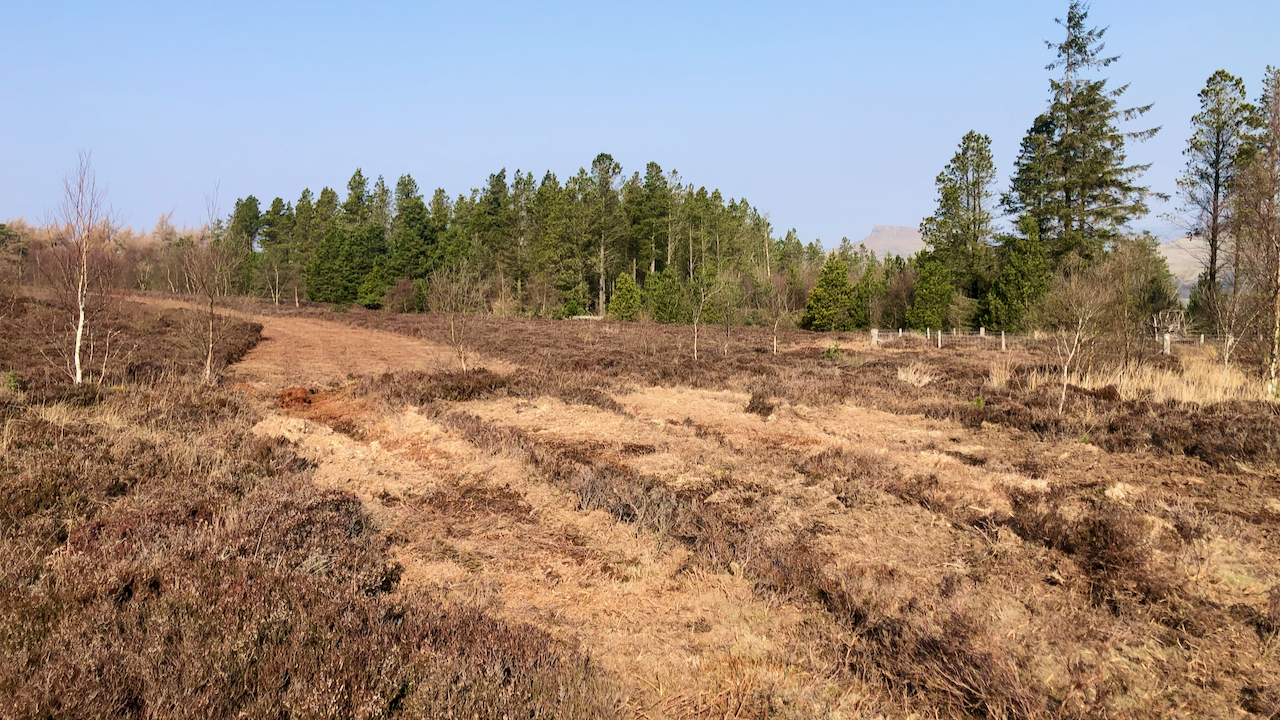
It can be done …
The relatively small patch of heather moorland around Captain Cook’s Monument has recently been strip mowed. This photo is technically of a strip on Little Ayton Moor, north of the parish boundary wall, but the area surrounding the monument, Easby Moor, also has at least two parallel strips. The moors are technically dry upland heath,…
-
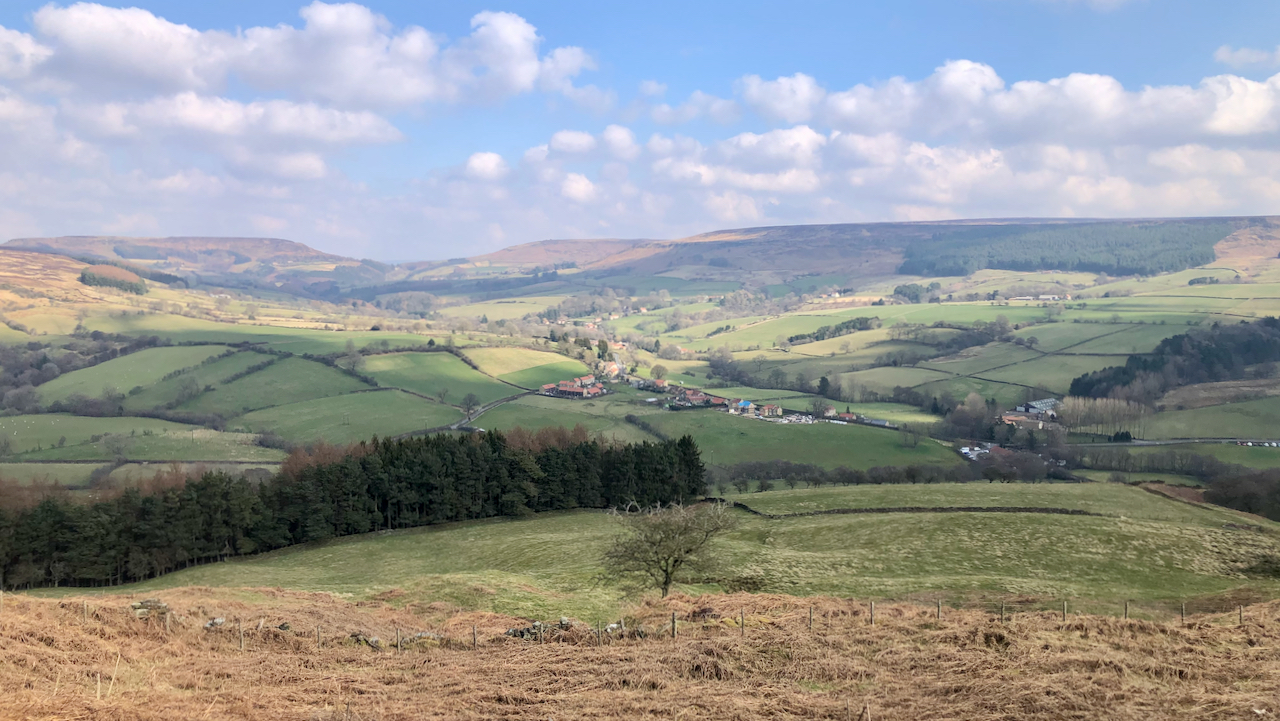
Joan Hutton-Wilson Memorial
I’ve come across this memorial before, in a bracken infested copse just off the steep Trenet Bank out of Bilsdale. I was almost surprised to find it: 1968 Joan Hutton-Wilson who loved Bilsdale Not that I thought it would have disappeared. The main photo is the view from the memorial. Chop Gate is centre, the…
-
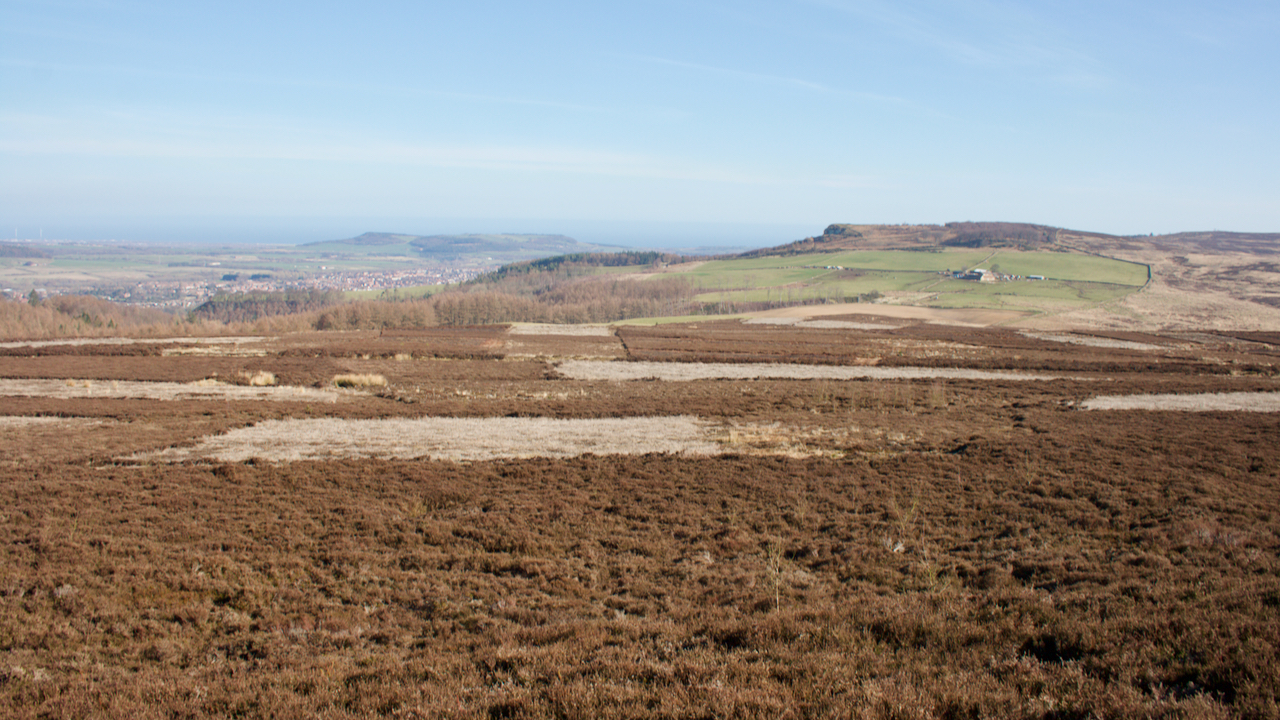
The House of Lords is “useless and dangerous to the people of England”
The House of Commons so declared on this day, 19th March, in 1649, when the House of Lords was abolished. In January of that year, Charles I had been executed and Oliver Cromwell, ‘Lord Protector‘ dominated the Government. The House of Lords was reduced to a largely redundant body having no powers and was abolished…
-

Low Staindale
A delightful former farm-house situated in Staindale in the parish of Lockton. The farmstead is shown on the Thomas Jefferies map of 1775 and it is believed the farmhouse certainly dates from that time with later alterations and extensions. The house itself is Grade II listed but two of the outbuildings are also of historical…